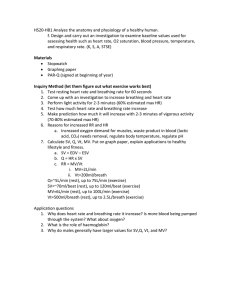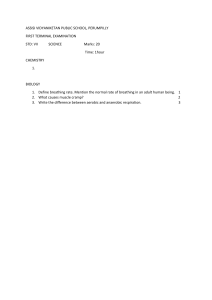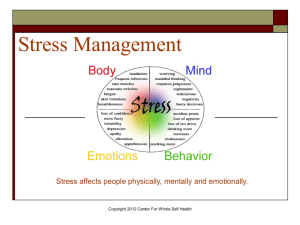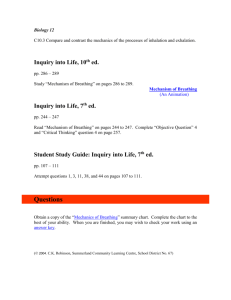Improve Oxygen Absorption with Breathing Exercises
advertisement
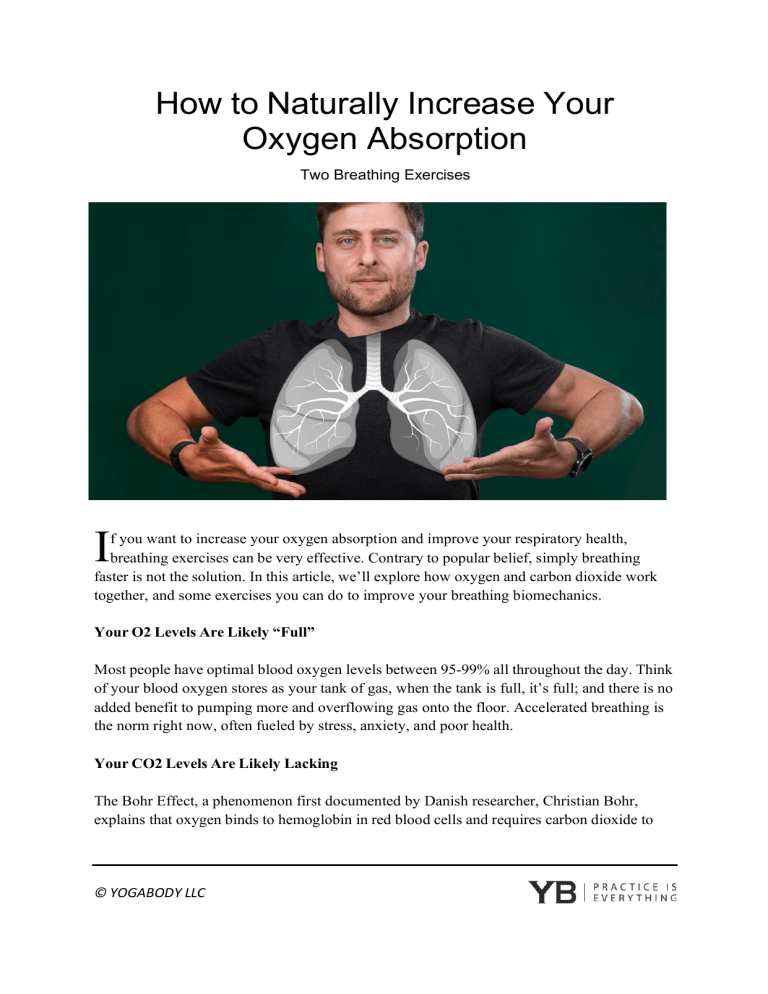
How to Naturally Increase Your Oxygen Absorption Two Breathing Exercises I f you want to increase your oxygen absorption and improve your respiratory health, breathing exercises can be very effective. Contrary to popular belief, simply breathing faster is not the solution. In this article, we’ll explore how oxygen and carbon dioxide work together, and some exercises you can do to improve your breathing biomechanics. Your O2 Levels Are Likely “Full” Most people have optimal blood oxygen levels between 95-99% all throughout the day. Think of your blood oxygen stores as your tank of gas, when the tank is full, it’s full; and there is no added benefit to pumping more and overflowing gas onto the floor. Accelerated breathing is the norm right now, often fueled by stress, anxiety, and poor health. Your CO2 Levels Are Likely Lacking The Bohr Effect, a phenomenon first documented by Danish researcher, Christian Bohr, explains that oxygen binds to hemoglobin in red blood cells and requires carbon dioxide to © YOGABODY LLC release oxygen from hemoglobin and make it available for cellular use. This helps explain why hyperventilation can cause dizziness, headache, or even fainting. There is plenty of oxygen, but it’s all bound up and not accessible for us. Rapid breathing reduces the amount of carbon dioxide in your lungs, and in the same way that mild sleep deprivation can chip away at your health, chronic over-breathing can add a low-level stress to your system. As is true with everything in health, the objective is to find balance with breathing. This means slowing the breath and training those muscles of respiration. Resistance Breath The diaphragm is your main breathing muscle and can be strengthened through resistance training just like any other muscle. To accomplish this, it’s helpful to inhale through a resistance device or even an aluminum straw. To add to the benefits of this exercise, we’ll deliberately slow and deepen the breath to optimize CO2 levels. Inhale through a resistance device as you count 1-2-3-4; and exhale through your nose for 4-3-2-1. Broom Pole Extension (2 min) Lie on the floor with a block and a cushion under your upper back. Grab a broom pole and lift your arms above your head. Breathe slowly and deeply to train flexibility in the thoracic region, allowing for improved breathing mechanics over time. Breathing exercises can be a powerful tool in optimizing your oxygen utilization and enhancing overall breathing biomechanics. While there are some interesting use cases for controlled hyperventilation practices—such as before exercises or first thing in the © YOGABODY LLC morning—the majority of your breathing practices should revolved around normalizing respiration and improving your breathing biomechanics. Medical Disclaimer: This article is for educational purposes only. If you have a serious breathing problem, asthma, infection, or COPD, it is recommended to consult with a trusted medical doctor. More from YOGABODY YOGABODY is a leader in science-based yoga classes and professional training courses with over 23,000 teachers in 41 countries. Founded by Lucas Rockwood in 2006, YOGABODY publishes weekly educational content for students and teachers alike. Find links to helpful resources below. • • • • © YOGABODY LLC Subscribe to YouTube videos Lucas’ Teaching / Course Schedule Weekly Podcast YOGABODY Store
